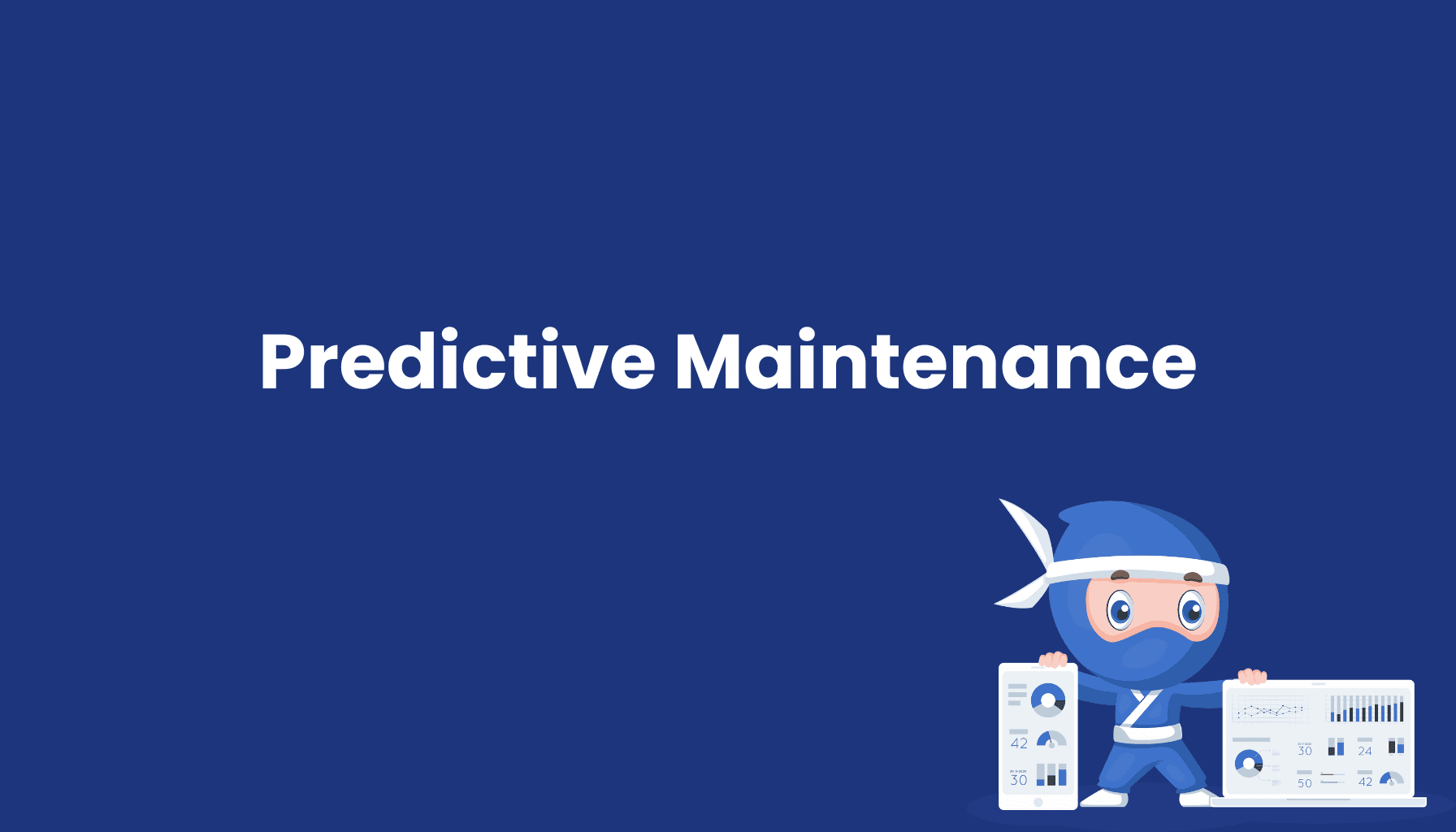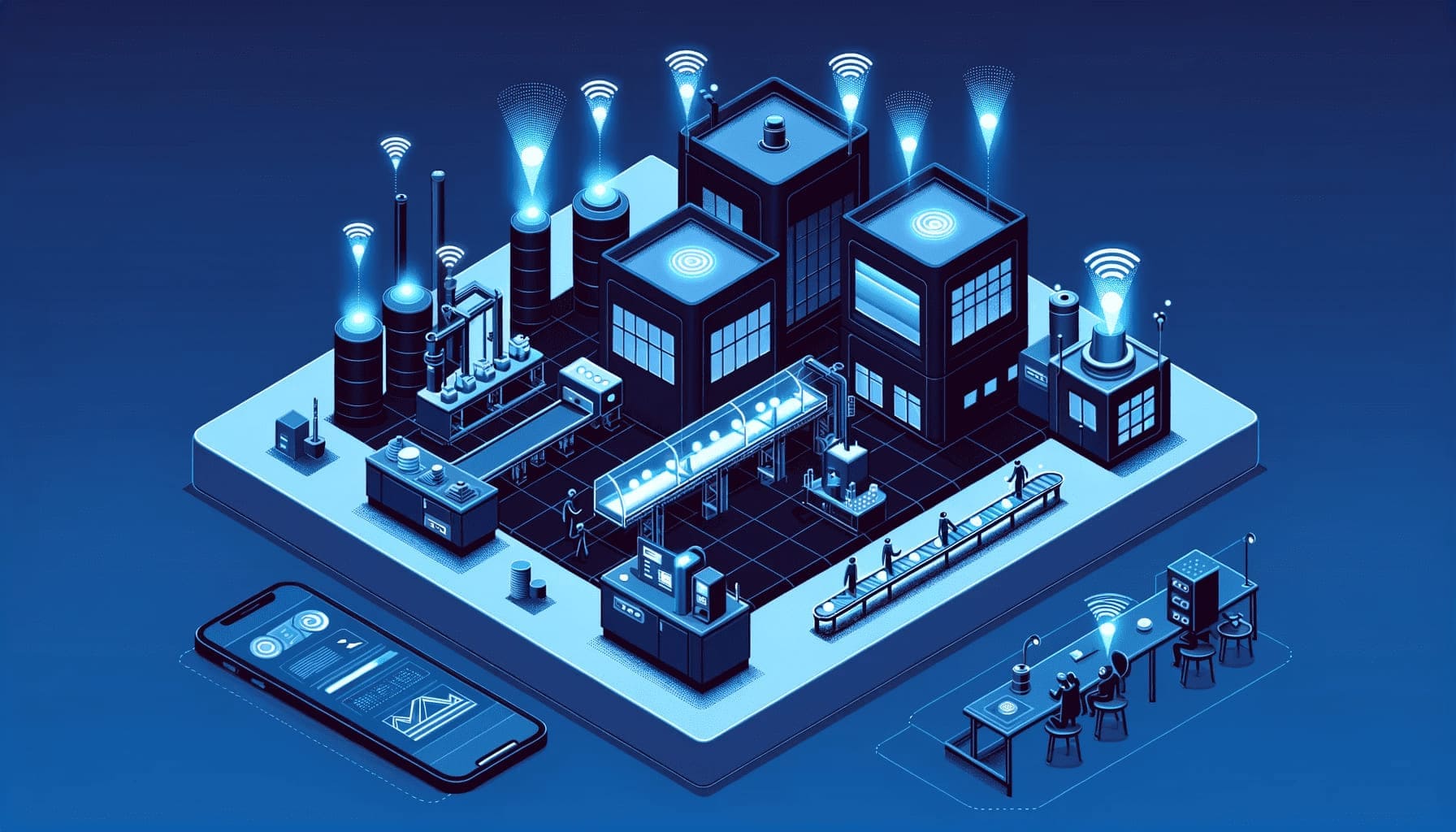Predictive Maintenance

What is Predictive Maintenance?
Predictive Maintenance (PdM) is an advanced maintenance strategy that utilizes data analytics, machine learning, and IoT sensors to predict when equipment or machinery is likely to fail. Unlike traditional maintenance approaches, which rely on either regular time-based servicing or waiting until a failure occurs, predictive maintenance allows companies to address potential issues before they cause downtime, ensuring higher operational efficiency and reducing unexpected breakdowns.
How Predictive Maintenance Works
Data Collection and Analysis
At the heart of predictive maintenance is data. Sensors attached to machinery collect real-time data on various parameters such as temperature, vibration, pressure, and load. This data is then transmitted to a central system where advanced algorithms analyze it to identify patterns or anomalies that may indicate an impending failure.
Machine Learning and Predictive Algorithms
Machine learning models play a crucial role in predictive maintenance by learning from historical data and improving their accuracy over time. These models can predict when a machine component is likely to fail based on the patterns observed, allowing maintenance teams to take proactive action.
Integration with IoT and Industry 4.0
Predictive maintenance is a key component of Industry 4.0, where interconnected devices and systems share data to optimize production. IoT devices collect vast amounts of data, and when combined with predictive algorithms, they provide a comprehensive view of the health of machinery across an entire facility.
Benefits of Predictive Maintenance
Reduced Downtime:
Predictive maintenance helps companies avoid unexpected equipment failures that can lead to costly production halts. By addressing issues before they cause a breakdown, companies can maintain continuous operations.
Cost Savings:
Regular, unplanned maintenance can be expensive, both in terms of direct costs and lost productivity. Predictive maintenance reduces the frequency of these costly interventions by ensuring that maintenance is only performed when necessary.
Extended Equipment Lifespan:
By continuously monitoring the condition of machinery, companies can perform maintenance precisely when it's needed, preventing further wear and tear. This extends the lifespan of the equipment and reduces the need for early replacements.
Improved Safety:
Predictive maintenance also enhances workplace safety by identifying and mitigating risks before they escalate into serious incidents. For instance, if a machine shows signs of imminent failure, it can be shut down or repaired before it poses a danger to operators.
Predictive Maintenance and Overall Equipment Effectiveness (OEE)
The implementation of predictive maintenance has a direct impact on Overall Equipment Effectiveness (OEE), a key performance indicator in manufacturing. By minimizing unplanned downtime and optimizing maintenance schedules, predictive maintenance contributes to higher machine availability—a crucial factor in OEE. Additionally, it ensures that equipment operates at optimal performance levels, reducing the likelihood of quality defects and enhancing the production process.



